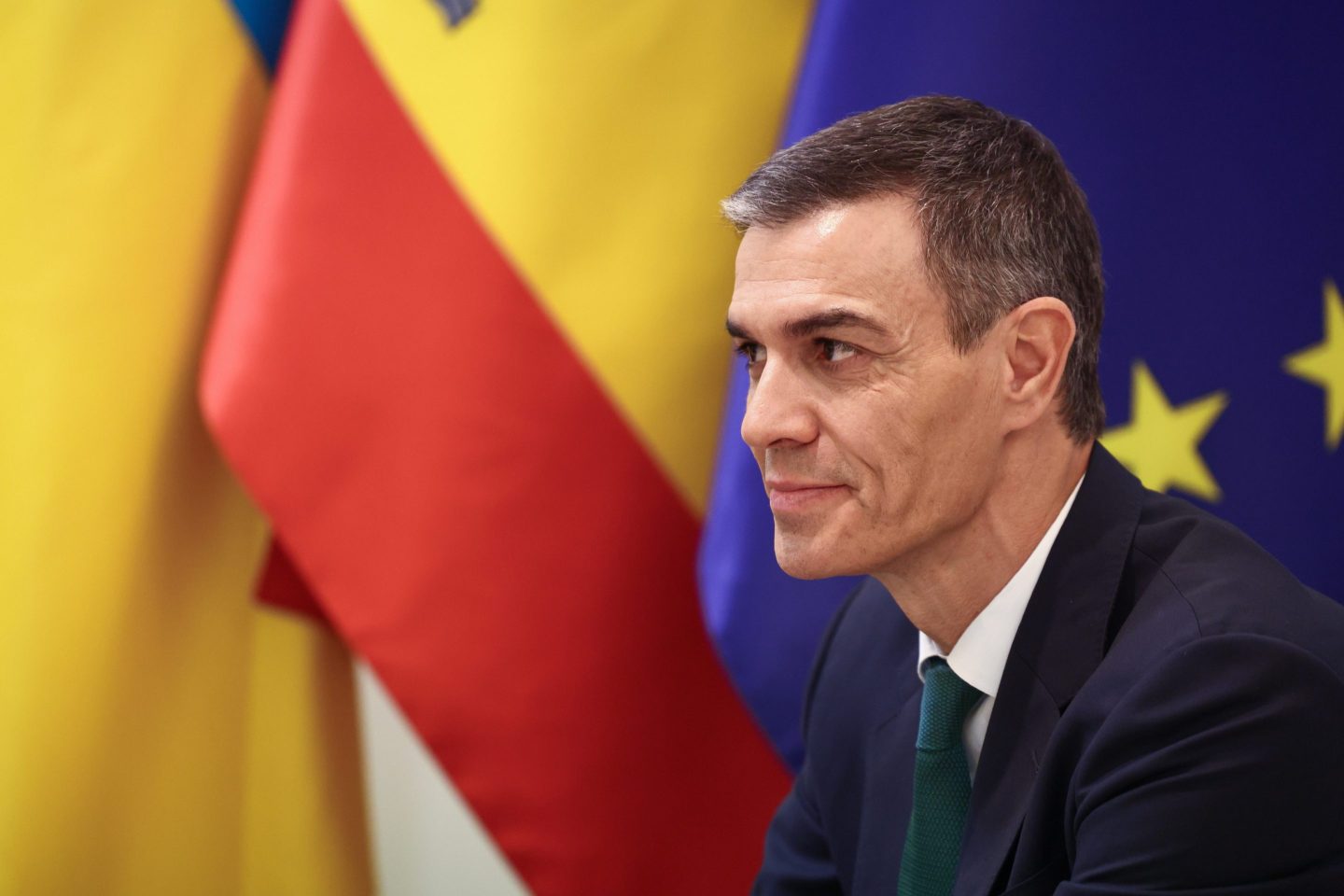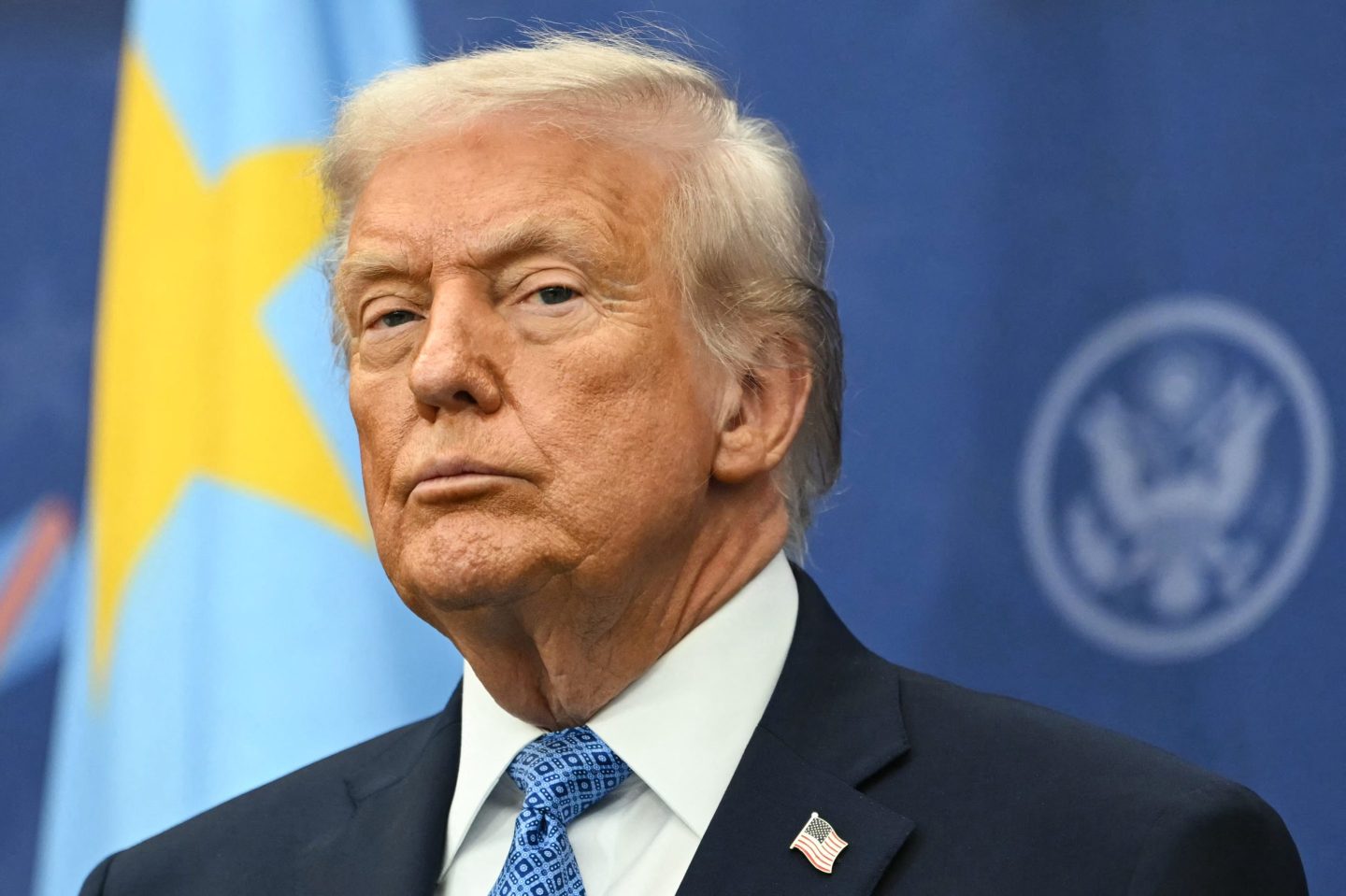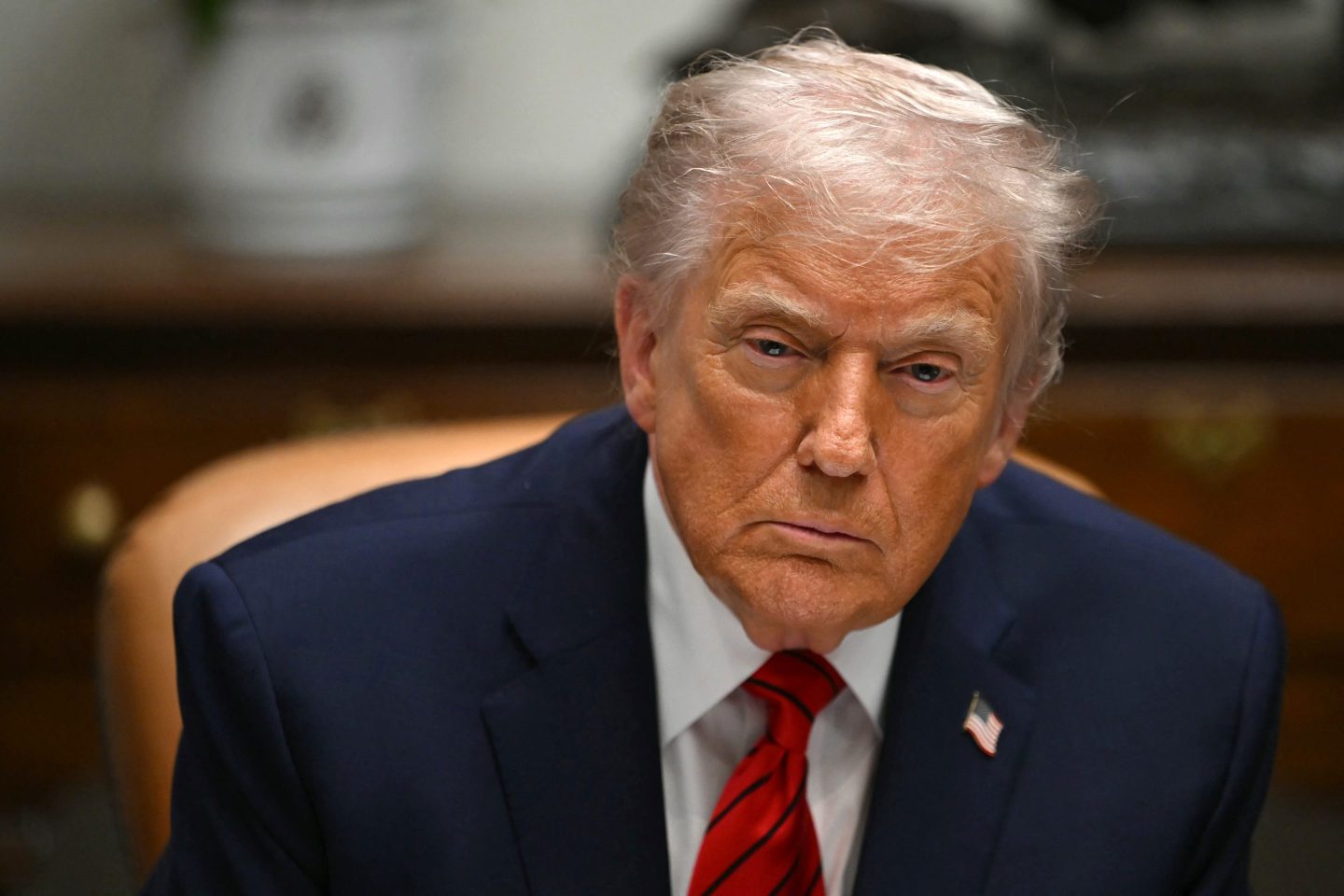After several unexpectedly high inflation readings, Federal Reserve officials concluded at a meeting earlier this month that it would take longer than they previously thought for inflation to cool enough to justify reducing their key interest rate, now at a 23-year high.
Minutes of the May 1 meeting released Wednesday showed that officials also debated whether their key rate was exerting enough of a drag on the economy to further slow inflation. Many officials noted that they were uncertain how restrictive the Fed’s rate policies are, the minutes said. That suggests that it wasn’t clear to the policymakers whether they were doing enough to restrain price growth.
High interest rates “may be having smaller effects than in the past,” the minutes said. Economists have noted that many American homeowners, for example, refinanced their mortgages during the pandemic and locked in very low mortgage rates. Most large companies also refinanced their debt at low rates, which has blunted the impact of the Fed’s 11 rate hikes in 2022 and 2023.
Such concerns have raised speculation that the Fed could consider raising, rather than cutting, its benchmark rate in the coming months. Indeed, the minutes noted that “various” officials “mentioned a willingness” to raise rates if inflation accelerated.
But at a news conference just after the meeting, Chair Jerome Powell said it was “unlikely” that the Fed would resume raising its benchmark rate — a remark that temporarily boosted financial markets.
In a statement after the May 1 meeting, the Fed officials acknowledged that the nation’s progress in reducing inflation had stalled in the first three months of this year. As a result, they said, they wouldn’t begin cutting their key rate until they had “greater confidence” that inflation was steadily returning to their 2% target. Rate cuts by the Fed would eventually lead to lower costs for mortgages, auto loans and other forms of consumer and business borrowing.
Powell also said then that he still expected inflation to further cool this year. But, he added, “my confidence in that is lower than it was because of the data we’ve seen.”
From a peak of 7.1% in 2022, inflation as measured by the Fed’s preferred gauge steadily slowed for most of 2023. But for the past three months, that gauge has run at a pace faster than is consistent with the central bank’s inflation target.
Excluding volatile food and energy costs, prices rose at a 4.4% annual rate in the first three months of this year, according to the Fed’s measure, sharply higher than the 1.6% pace in December. That acceleration dimmed hopes that the Fed would soon be able to cut its key rate and achieve a “soft landing,” in which inflation would fall to 2% and a recession would be avoided.
Last week, though, a separate inflation report from the government showed that price pressures slowed a bit in April. Though a stream of Fed speakers this week welcomed April’s milder inflation report, they stressed that more such readings would be needed to enable them to cut rates.
On Tuesday, Christopher Waller, a key member of the Fed’s Board of Governors, said he would “need to see several more months of good inflation data before” he would support reducing rates. That suggests that the Fed wouldn’t likely consider rate cuts until September at the earliest.












